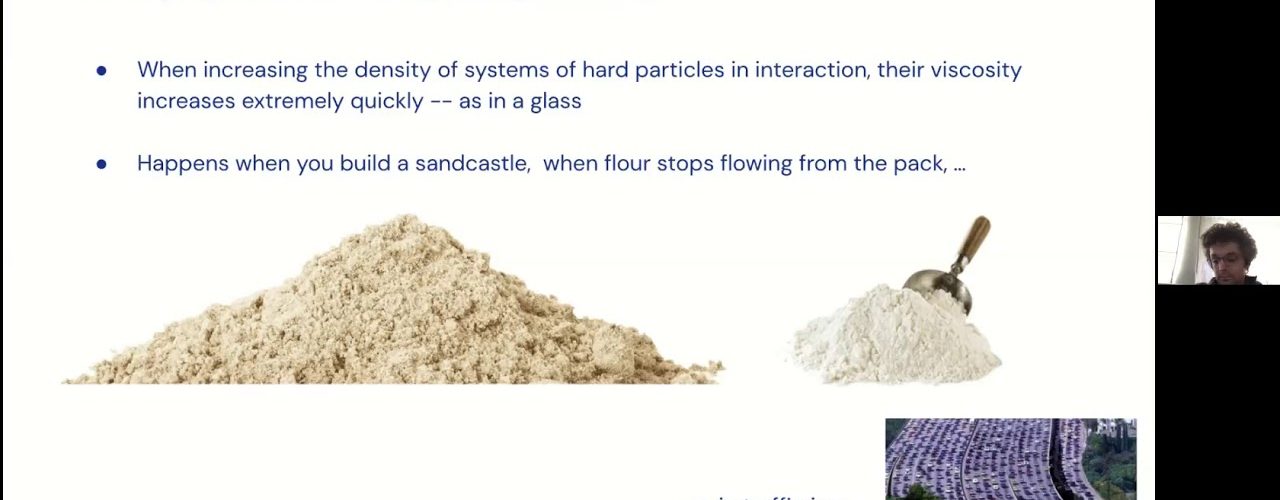Despite decades of theoretical studies, the nature of the glass transition remains elusive and debated, while the existence of structural predictors of its dynamics is a major open question. Recent approaches propose inferring predictors from a variety of human-defined features using machine learning. Here we determine the long-time evolution of a glassy system solely from the initial particle positions and without any handcrafted features, using graph neural networks as a powerful model. We show that this method outperforms current state-of-the-art methods, generalizing over a wide range of temperatures, pressures and densities. In shear experiments, it predicts the locations of rearranging particles. The structural predictors learned by our network exhibit a correlation length that increases with larger timescales to reach the size of our system. Beyond glasses, our method could apply to many other physical systems that map to a graph of local interaction.





Add comment